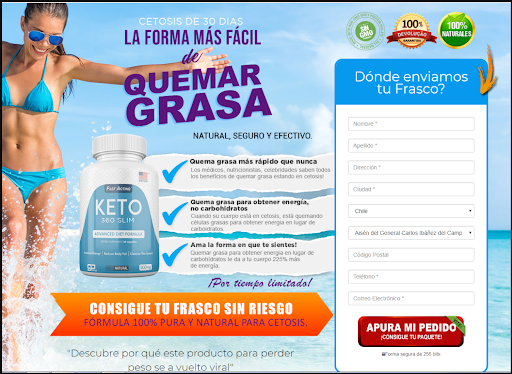How to choose the right protective clothing?

Employers are constantly in search of choosing the right protective clothing and safety googles for their workers as they are assigned to work on a delicate line. These protective clothes must have the standards to protect workers from respective hazards they may come across on their way to the job plus the material must not be restricted enough to make the worker uncomfortable to wear. With the addition of completing work effectively, Protective clothing must fill-up the regulations of industry and federal. When you choose the right protective clothing then comfort equals obedience and obedience lessens injuries. If you are not familiar with the aspects of protective clothing then this article helps you a lot as in this we will talk about the few important points while choosing the right protective clothing.
- Think about the expected hazards that workers come across to
- Reflect on the sources of hazards
- Select the needed fabric for protection
- Look for the best suit construction
- Training of workers for proper wear
Think about the expected hazards that workers come across to
The foremost aspect of choosing the right protective clothing is to first think about the all expected hazards that workers may come across in their daily duties. Your workers may come in contact with harmful particles such as pathogens, airborne chemicals, liquids, and particulate matter that are harmful to their eyes, skin, and airway. Sometimes workers come across many material types like mold removal, asbestos removal, fire clean-up, and bio-hazard clean up more specifically during remediation and restoration projects. All these situations are life-risking so be aware of these hazards and thoroughly think about them. Plus assessing hazards do not fall on one person but organizations should come with workers to see which hazards are more expected to be faced on daily basis.
Reflect on the sources of hazards
The next step is carefully to reflect on the sources of hazards that are faced by workers. The hazard sources include high temperature, harmful specks of dust, chemical exposures, light radiations, electric hazards, rolling objects, overhead obstructions, falling objects, etc.
Select the needed fabric for protection
Once you completely reflect on the expected hazard sources then the next step is to choose the needed fabric material for protective clothing. Fabric must be chosen according to the difficulty and potential hazards of the job. Especially clothing fabrics of workers who perform duties in the restoration and remediation field are surrounded with chemicals and wastes must be of good and protective quality. Furthermore, these workers should use clothing that passes ASTM F1670 and F1671 for blood and blood-borne pathogens. However, the most common fabric material used for making protection clothing are the following
- Polypropylene: this fabric is suitable for the protection of dirt, dust, grime, and other common hazards.
- Microporous: this fabric gives protection against light liquids, particulates, and blood.
- SMS: this fabric protects against mold, fungus, and light liquid sprays.
Look for the best suit construction
The next step is choosing the best suit construction for your protective clothing. The ideal suit construction of protective clothing will be well-engineered, breathable, comfortable, and easy to wear and off. Remember the more comfortable the suit construction the more comfortably workers can perform their duties.
Training of workers for proper wear
The next and last step is the training of the workers for proper wear and use of protective clothing. Training should include how to wear it, remove it, and adjust it. Training should be held for workers because those workers who know how to use protective clothing will more likely to perform duties well











